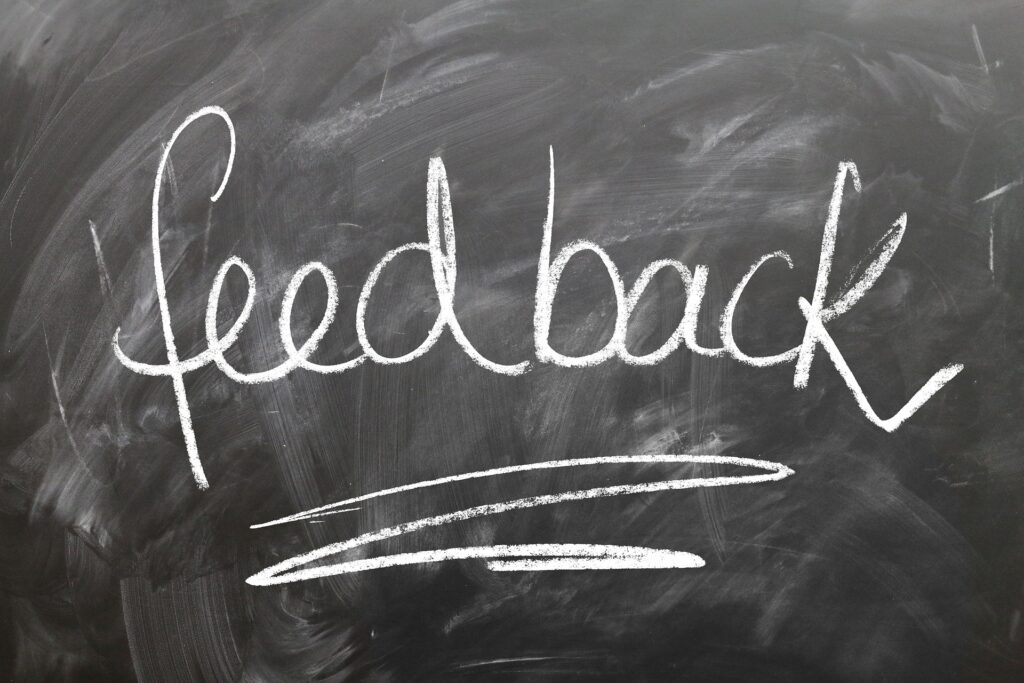Lesson 8: Modeling and Feedback from a Sighted Peer

Lesson 8: Modeling and Feedback from a Sighted Peer
Name(s) of student(s):
Age and grade level:
Goal from IEP connected to lesson:
Objective from IEP connected to lesson:
Purpose of lesson: To participate in an activity with a sighted peer, receive honest feedback on social interactions, and learn from the modeling of appropriate communication.
Preparation for Lesson
- Select a sighted peer based on the student’s input, peer social skills, and teacher input of the peer’s reliability.
- Coach the peer in modeling appropriate social interactions.
- Coach the peer in redirection of inappropriate behavior.
- Coach the peer in providing honest and realistic feedback.
- The student and peer mutually decide a social activity to enjoy together (lunch, walk, ice cream, volunteer, gardening, basketball game, etc.)
- Discuss expectations and boundaries beforehand.
Introduction
“Instead of a typical lesson, today you will hang out with your friend (let’s call her Samantha). You and Samantha can decide where we want to spend some time. We’ll ask Samantha for common topics of conversation among your peers. As you interact, Samantha can give you realistic feedback on the social skills she notices. She wants to be here and give you feedback, so don’t hesitate to ask her questions or get her advice. She also may want to understand your experiences with being blind/ low vision, so enlighten her as well. Let’s learn together.”
Exercise: Social Activity
- Prior to the social activity, encourage the students to generate questions for one another.
- Take the students to a location of their choice that promotes social interactions.
- As a conversation starter, ask Samantha to share common topics of conversation among her peers.
- Step out of the conversation in order for Samantha to model social interactions.
- Provide opportunities for Samantha to contribute honest, yet sensitive, feedback on the student’s communication and social interactions.
- Intervene only when necessary.
Discussion: Follow-Up Questions
- What did you learn from observing Samantha interact with others?
- What did you learn from Samantha interacting with you?
- What positive feedback did you receive?
- What improvement did Samantha recommend?
- How did the activity go?
- Would you recommend that experience for another student?
Review
“Today, you learned from your peer. Sometimes it’s more effective to hear feedback from a friend. You spent time with Samantha, learning from her as she learned from you.”
Progress notes, data collection, comments, and modifications: